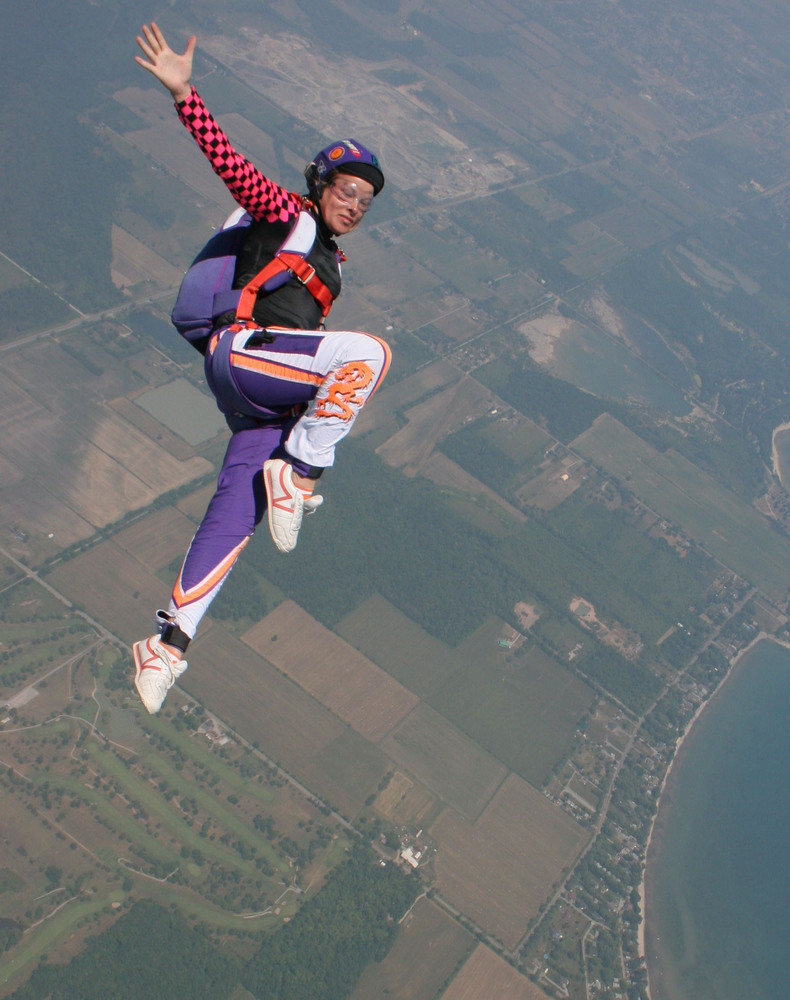Recommended Posts
LGreg34 0
Thank You Sid. I appreciate the info very much. I'm not sure why they taught flat packing instead of Pro Packing and was still too ignorant to know that one was better than the other. Thanks again, very much.
LGreg34 0
Wow! Thank you so much! I do sincerely appreciate it. but, ya gotta learn somehow. Thanks for taking the time to help.
but, ya gotta learn somehow. Thanks for taking the time to help.
sid 1
QuoteThank You Sid. I appreciate the info very much. I'm not sure why they taught flat packing instead of Pro Packing and was still too ignorant to know that one was better than the other. Thanks again, very much.
anytime Lori
this is how we repay the people that taught us.... (thanks Tim)
Pete Draper,
Just because my life plan is written on the back of a Hooter's Napkin, it's still a life plan.... right?
Just because my life plan is written on the back of a Hooter's Napkin, it's still a life plan.... right?
Not a problem. Anytime.
FrogNog 1
In the first checklist and all these posts, I noticed one step missing that I like to do. It would be step 4.5 in the first checklist: "4 line-groups check". After running up the lines, I put half the lines on each shoulder with the canopy and slider hanging in front of me and I pick up each group of lines where it goes through the slider and make sure it goes to 1/4 of the canopy like it should, without wrapping around one of the other quarters. This is to check for step-throughs.
Walking the lines up does a good job of checking for step-throughs (or other line weirdage) below the slider. But line weirdage should be checked all to way to the canopy. Occasionally I find I have inverted about 1/3 of the canopy through some lines and while I probably wouldn't have been able to pack it, I am much happier to have an explicit check to catch this sort of thing before I start flaking.
-=-=-=-=-
Pull.
Walking the lines up does a good job of checking for step-throughs (or other line weirdage) below the slider. But line weirdage should be checked all to way to the canopy. Occasionally I find I have inverted about 1/3 of the canopy through some lines and while I probably wouldn't have been able to pack it, I am much happier to have an explicit check to catch this sort of thing before I start flaking.
-=-=-=-=-
Pull.
The 4 line group check does work, but is not necessary. Try following the lines with your eyes. You should also be able to see any step throughs with your primary line-check, and see the line groups attached to each riser go through their corresponding slider grommets. But, use your eyes... As for the inversion, yeah... mostly find that on windy days. Good advice for a student though...Just had to add my two cents 
SlyFox 0
QuoteI'm not sure why they taught flat packing instead of Pro Packing
I don't know if it has anything to do with it, but it seems the ones I see doing flat packs are packing F111 and hybrids. Does anyone know if that makes a difference?
*****Why would anyone jump from a perfectly good airplane? Because it isn't much fun if it's broke.****
DeNReN 0
As a student I certainly cannot answer your Q...However my DZO mandates that all student rigs be flat packed at our DZ......If I recall correctly...most base rigs are also flat packed(plz correct me if I am wrong)......my best guess is that line checks can be completed more acuratley when flat packing is used(again plz correct me if I am wrong).
I have only flat packed...i have approx 100 packs compared to 33 jumps....have been showed pro packing a couple of times....think I'd like to learn pro packing with color coded lines
I have only flat packed...i have approx 100 packs compared to 33 jumps....have been showed pro packing a couple of times....think I'd like to learn pro packing with color coded lines
masher 1
We flat pack our student rigs and tandems.
Our CI flat packs his rig.
I think that it is easier to learn to flat pack, then go on to pro packing. In a flat pack everything is on the ground and you can walk around and look at everything. You can pull bits out, and stop and ask questions. Propacking, you're sort of stuck in one spot. And you can't really stop halfway through...
Just my 2c.....
Our CI flat packs his rig.
I think that it is easier to learn to flat pack, then go on to pro packing. In a flat pack everything is on the ground and you can walk around and look at everything. You can pull bits out, and stop and ask questions. Propacking, you're sort of stuck in one spot. And you can't really stop halfway through...
Just my 2c.....
--
Arching is overrated - Marlies
Arching is overrated - Marlies
billvon 3,120
After you use both methods for a while you realize there's really not that much difference between them. I pack reserves and BASE canopies with a modified PRO-pack, which is really a flat pack that starts a different way (or you could consider it a careful PRO-pack with a few extra steps.)



.thumb.jpg.4bb795e2eaf21b8b300039a5e1ec7f92.jpg)
- Breaks are stowed
- lines are straight and control lines run clear from canopy to container.
- no fabric between the line groups and control lines.
- All lines are in the center of the camopy
- SLIDER IS ALL THE WAY UP
- Dressing of the canopy has not been distorted when I lay it down.
- Pilot chute cocked and catches air
- All the slack in the lines has been moved up towards the canopy
- Locking stow bands aren't worn out
- sufficient ( for me 2 inches ) lines pass through the rubber bands for the locking stow.
- There is 11/2 to 2 feet of line remaining after the last stow on the bag.
- All stows look organized and clean
- pilot chute still cocked and catches air
- no bridle exposed.
- Cypress still on, cutaway and reserve handles in place, RSL connected.
Share this post
Link to post
Share on other sites